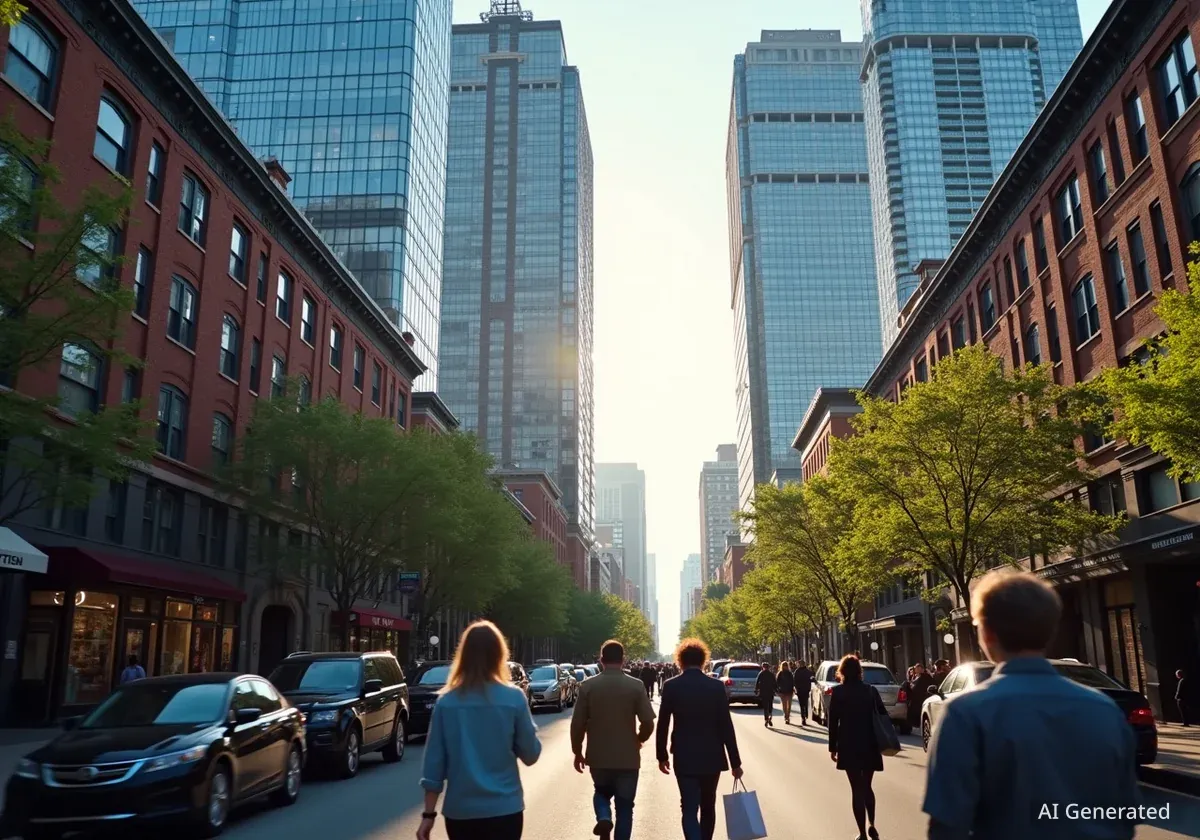Older adults in New York City are navigating a complex housing landscape. Many rely on rent-stabilized apartments, which offer lower costs but often come with significant maintenance issues. This situation forces elderly residents to choose between financial stability and a safe living environment.
Key Takeaways
- Over half of New York City's rent-stabilized units house older adults.
- Rent-stabilized apartments are three times more likely to have poor conditions than unregulated units.
- Long waitlists exist for affordable, well-maintained senior housing.
- Pest infestations and structural damage are common problems in these units.
The Dilemma of Rent-Stabilized Living
For many older New Yorkers, rent-stabilized apartments represent a critical lifeline. These units provide more affordable housing options, allowing residents to remain in their communities as they age. However, this financial benefit often comes at a cost: substandard living conditions.
A recent survey highlighted the stark difference. In 2021, the New York City Housing and Vacancy Survey revealed that 21 percent of rent-stabilized apartments had three or more maintenance deficiencies. In contrast, only 8 percent of unregulated apartments reported similar issues. This disparity creates a difficult choice for seniors, who may find their health and safety compromised despite the lower rent.
Housing Facts
- More than 50% of rent-stabilized and rent-controlled units in NYC were occupied by older adults in 2021.
- These units represent a significant portion of affordable housing for seniors.
Personal Stories of Struggle
Maureen Gangaram, 64, shares a rent-stabilized apartment in Brooklyn with her mother, who has lived there since 1989. Ms. Gangaram moved in full-time around 2020 as her mother's dementia progressed. While the apartment holds cherished family memories, it has become a source of stress due to severe maintenance problems.
Ms. Gangaram described issues like pests, vermin, and clutter. Weeks ago, black, rusty water leaked through the ceiling, leaving a visible bulge. She expressed her frustration, stating,
"No one should be in this condition. They’re not fixing it."Her experience underscores the challenges many older residents face when management companies fail to address critical repairs.
The Impact on Aging in Place
The concept of 'aging in place' is vital for many seniors, allowing them to remain in familiar surroundings. However, poor housing conditions can make this impossible. Health risks from pests, mold, and structural damage directly threaten the well-being of older adults, especially those with pre-existing conditions or mobility issues.
Even for those in relatively safe conditions, pressure from management companies can lead to relinquishing their long-held tenancies. This further reduces the already limited supply of affordable housing suitable for seniors.
What is Rent Stabilization?
Rent stabilization is a form of rent control in New York City that limits the amount landlords can increase rent. It applies to buildings constructed before 1974 with six or more units. While it helps keep housing affordable, it does not always guarantee high quality living standards.
The Scarcity of Better Options
The demand for quality, affordable senior housing far outstrips supply. Encore Community Services, for example, operates buildings specifically designed for older adults. One of their facilities currently has a 10-year waitlist, highlighting the severe shortage of suitable living spaces.
New initiatives are attempting to address this gap. The YP Senior Residence, run by Volunteers of America-Greater New York, opened this year in the Bronx. Such projects are crucial, but they represent a small step in tackling a much larger problem across the city.
The Road Ahead
Addressing the housing crisis for older New Yorkers requires a multi-faceted approach. This includes stricter enforcement of housing codes in rent-stabilized units, increased funding for new senior housing developments, and programs to support landlords in maintaining their properties. Ensuring that all seniors can age with dignity and safety in their homes remains a significant challenge for the city.
The health and well-being of the city's aging population depend on finding sustainable solutions to these complex housing issues. Without intervention, many more seniors will continue to face untenable choices between financial stability and a healthy home.





